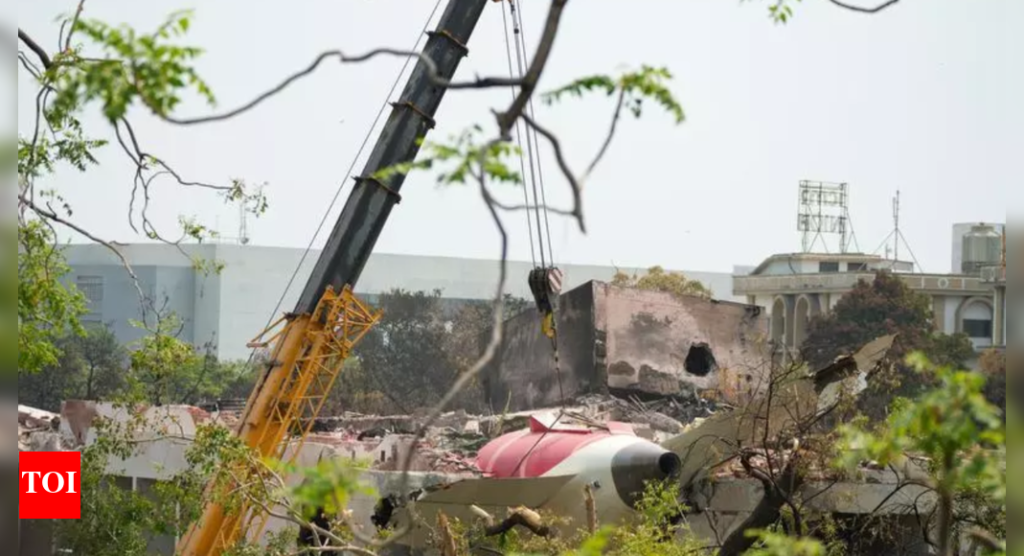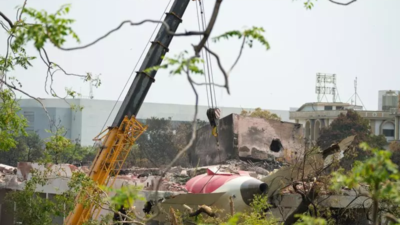AHMEDABAD: The Cockpit voice recorder (CVR) of Air India flight AI 171, a Boeing 787-8 Dreamliner that crashed in Ahmedabad on June 12, was recovered from the debris, a govt release informed on Sunday. The CVR, commonly referred to as one of the two ‘black boxes’ of the aircraft, according to US National Transportation Safety Board (NTSB), is a critical piece of investigative equipment that stores audio recordings from the cockpit, including pilot conversations, alarms and background sounds in the final hours or minutes leading up to a crash. The other black box, the flight data recorder (FDR), which logs technical flight parameters, was earlier recovered. “The Aircraft Accident Investigation Bureau (AAIB) launched a detailed investigation, and the NTSB is conducting a parallel probe under international protocols since the aircraft is American made. Officials confirmed that the flight data recorder and cockpit voice recorder were located and secured,” the govt release said. In the past, black box data has helped resolve major aviation disasters — such as the 2015 Germanwings crash, where the CVR revealed deliberate pilot action, and the Malaysia Airlines Flight MH17 incident, which confirmed a missile strike. In India, the 2020 Kozhikode air crash investigation also relied on black box recordings to reconstruct pilot decisions and evaluate runway conditions. What is a black box?The black box comprises two devices, the cockpit voice recorder and the flight data recorder. For AI 171, both CVR and FDR have been found. Large commercial aircraft and some smaller commercial, corporate and private aircraft are required by the Federal Aviation Administration (FAA) to be equipped with two ‘black boxes’ that record information about a flight. Both recorders are installed to help reconstruct the events leading to an aircraft accident, according to NTSB website. Role of a CVRThe CVR captures pilots’ voices and cockpit sounds — like alarms, engine noise and switch clicks — to help reconstruct flight events. Positioned between the two pilots, it also records communications with air traffic control and crew. A multi-agency CVR committee analyses the audio, using timestamps and spectrum software to create a detailed transcript, which is released publicly only under strict legal conditions. Due to the sensitive nature of cockpit conversations, the actual audio is never released, and both the recordings and transcripts are handled with high security and confidentiality.


